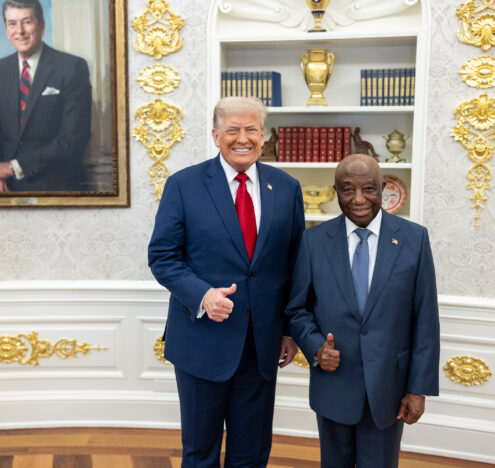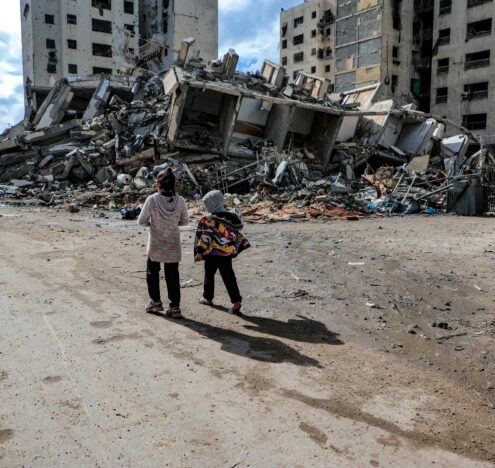We must reestablish deterrence.
That’s been the theme song of Secretary of State Mike Pompeo and others in the administration for the past month or so.
It sounds decisive and important. But what does it mean? David Sanger implies that it means showing “the Iranian leadership that missiles fired at ships in the Persian Gulf and at oil facilities in Saudi Arabia, along with attacks inside Iraq that cost the life of an American contractor, would not go without response.” But if we dig a little deeper, this assumption begins to crumble.
“Reestablish” (or sometimes “restore”) implies that a desirable state existed in the past. But that state collapsed, so something was wrong with it.
To truly understand the situation, it would be wise to describe the current state and the desired state specifically.
Presumably that state of “deterrence” is when attacks are not taking place. It implies that the primary reason those attacks are not taking place is Iran’s fear of possible American response. It also implies that the United States controls the interaction.
To truly understand the situation, it would be wise to describe the current state and the desired state specifically. That is the only way to map out a path forward.
The abstract word “deterrence” has come to have exclusively military connotations. But the reasons that nations do not go to war are many, including prioritizing economic incentives and the health of their community. The threat to “reestablish deterrence” usually means, “bomb them.”
“Reestablish deterrence” sounds firm and yes, manly. But it is backward-looking and limits the possibilities for solving the problem it is aimed at. It cannot map out a path to peace.
“Deterrence” has become a get-out-of-jail-free card. It’s painted as defensive, but responding to violence with violence is escalation, not deterrence.
Cheryl Rofer writes scientific and political commentary. She was a chemist at the Los Alamos National Laboratory for 35 years.




















